
Arborophila rolli
Arborophila rolli,A partridge in Roche holster
Its scientific name is Arborophila rolli and its foreign name is A partridge···
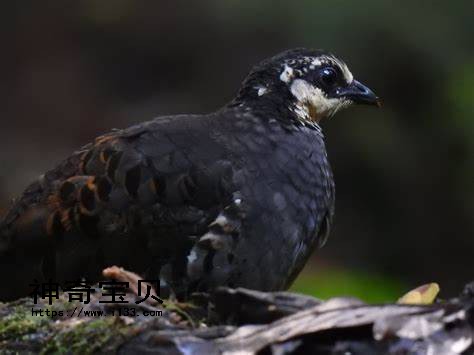
Arborophila orientalis
Arborophila orientalis,Gray-breasted Hill Partridge
Arborophila orientalis, Gray-breasted Hill Partridge, good at concealing. Th···
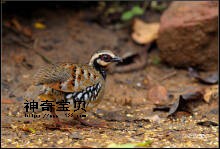
Arborophila merlini
Arborophila merlini,Vietnam Hill Partridge
Vietnamese mountain Partridge scientific name Arborophila merlini, foreign n···

Arborophila javanica
Arborophila javanica,Chestnut-bellied Hill Partridge
The brown-bellied Arborophila javanica, Chestnut-bellied Hill Partridge, is ···
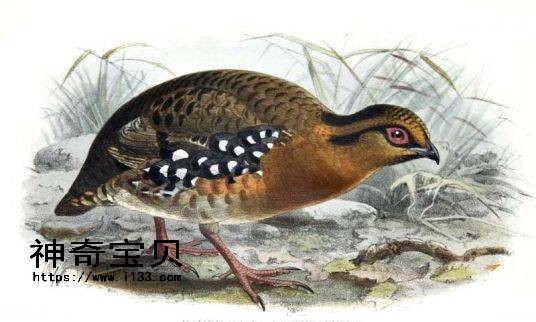
Arborophila hyperythra
Arborophila hyperythra,Red-breasted Hill Partridge
The Red-breasted Hill Partridge is known as Arborophila hyperythra and red-b···
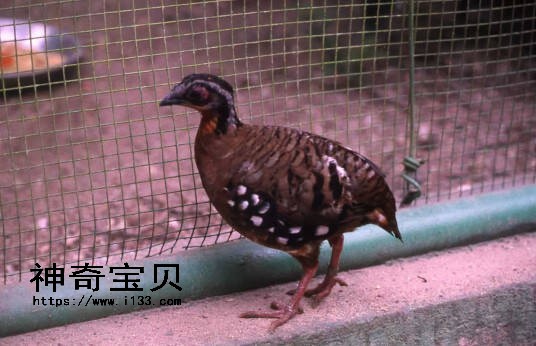
Arborophila davidi
Arborophila davidi,Orange-necked Hill Partridge
The Orange-necked Hill Partridge is known as Arborophila davidi and orange-n···
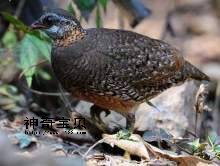
Arborophila chloropus
Arborophila chloropus,Green-legged Partridge
The Green-legged Partridge (Arborophila chloropus) has four subspecies.Partr···
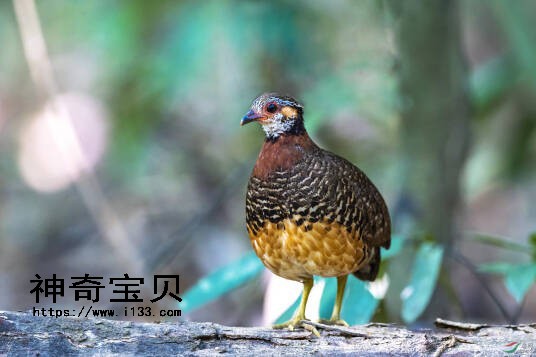
Arborophila charltonii
Arborophila charltonii,Chestnut-breasted HillPartridge
Arborophila charltonii, Chestnut breasted HillPartridge, is good at hiding. ···
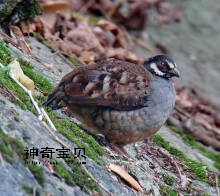
Arborophila campbelli
Arborophila campbelli,Malay Partridge
Malay Partridge (scientific name: Arborophila campbelli), no subspecies. Thi···
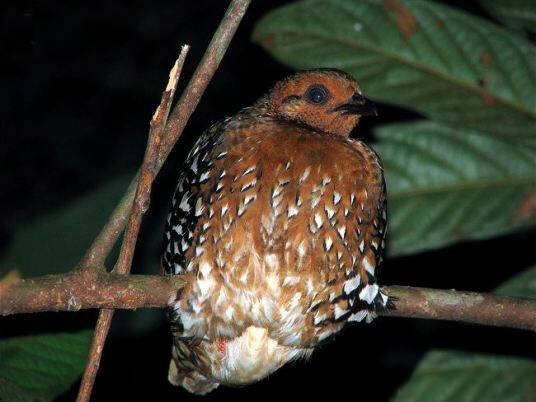
Arborophila cambodiana
Arborophila cambodiana,Chestnut-headed Hill Partridge
Its scientific name is Arborophila cambodiana and its foreign name is Chestn···
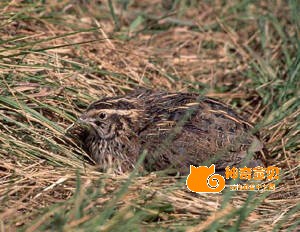
Anurophasis monorthonyx
Anurophasis monorthonyx,Snow Mountain Quail
Snow partrail is known as Anurophasis monorthonyx and Snow Mountain Quail.Li···
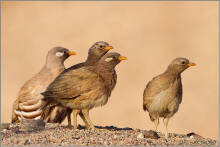
Ammoperdix heyi
Ammoperdix heyi,Sand Partridge
Ammoperdix heyi, also known as Sand Partridge, has four subspecies.The partr···
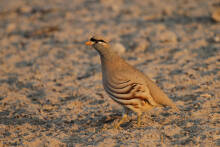
Ammoperdix griseogularis
Ammoperdix griseogularis,See-see Partridge
Ammoperdix griseogularis and See-see Partridge. Usually living in pairs, see···

Alectoris rufa
Alectoris rufa,Red-legged Partridge
Red-legged Partridge (Alectoris rufa) has three subspecies.Red-legged cocker···
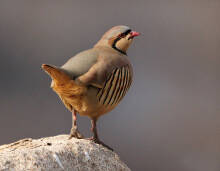
Alectoris philbyi
Alectoris philbyi,Philby’s Partridge
The scientific name of the black-faced grouper is Alectoris philbyi, and the···
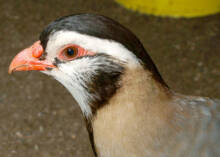
Alectoris melanocephala
Alectoris melanocephala,Arabian Partridge
Arabian chicken scientific name Alectoris melanocephala, foreign name Arabia···
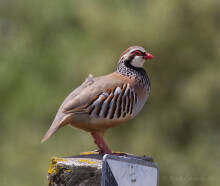
Rock Partridge
Rock Partridge,Alectoris graeca
European grouper (scientific name: Alectoris graeca), foreign name Rock Part···
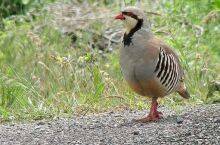
Alectoris chukar
Alectoris chukar,Chuckar,Chukar,Chukar Partridge
Alectoris chukar (Chuckar, Chukar, Chukar Partridge) is a medium-sized pheas···
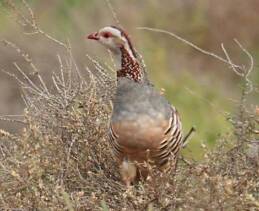
Alectoris barbara
Alectoris barbara,Barbary Partridge
North African rock chicken scientific name Alectoris barbara, foreign name B···
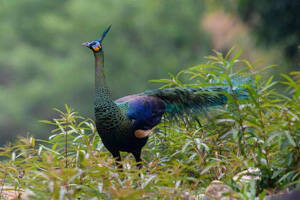
Congo peafowl
Congo peafowl,Congo Peacock,Afropavo congensis
Congo Peacock (Afropavo congensis) : Congo peafowl, Congo Peacock, no subspe···
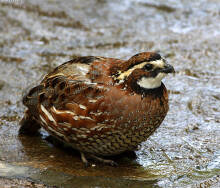
Rhynchortyx cinctus
Rhynchortyx cinctus,Tawny-faced Quail
Tawny-faced Quail (Rhynchortyx cinctus) feeds on plant seeds and insects. Th···
